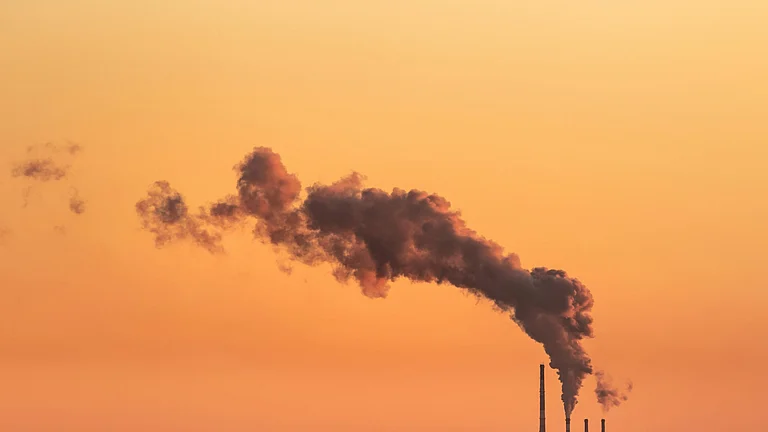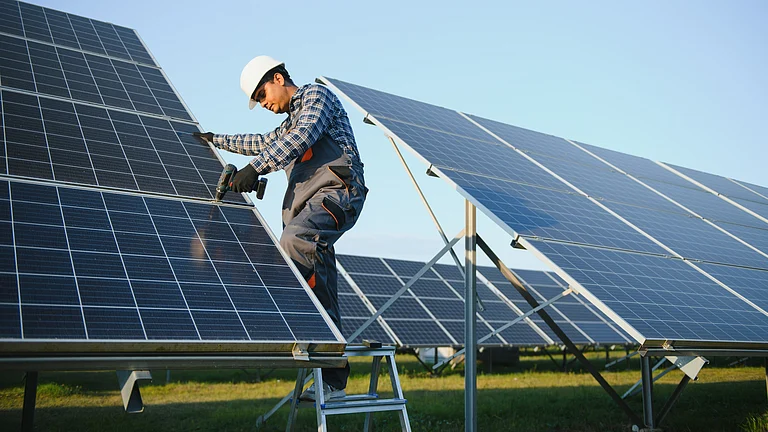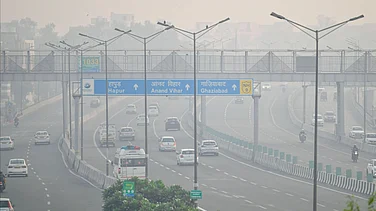A record 14 million air conditioning units were sold in India last year, with a ninefold increase in residential ownership forecast by mid-century, according to AFP. This growth promises millions safer and more comfortable at work and home, especially as climate extremes intensify.
According to the Financial Express, the India Meteorological Department (IMD) reported that a new spell of heatwave has gripped parts of East India from May 10, even as widespread rainfall, thunderstorms and lightning continue across Northwest and Central India for the next one or two days.
According to IMD, heatwave conditions are likely to prevail in isolated pockets of sub-Himalayan West Bengal and Sikkim till May 12; Gangetic West Bengal till May 14; Bihar and Odisha till May 14; Jharkhand till May 14; and east Uttar Pradesh on May 14 and 15.
The sweltering heat and humidity can take a toll on those who are exposed to deadly temperatures without access to cooling amid climatic conditions that push temperatures close to 50 degrees Celsius.
Yet, the growing reliance on air conditions poses a serious environmental and infrastructural threat. Increased AC usage demands more electricity that is still generated largely by burning coal, which in turn, adds hot AC exhaust expelled into the overheated urban environments.
A new study published by the India Energy and Climate Center (IECC) on March 26 warns that India is likely to add 130-150 million new room air conditioners (ACs) over the next decade. This could push the country's peak power demand by more than 180 gigawatts (GW) by 2035, significantly straining the power system.
Soaring Demand: A Solution or Problem?
According to AFP, experts caution that the boom could indicate that the world’s most populous country will have to triple its electricity production to meet the soaring demand. This situation is worsened by the fact that fast-growing markets still rely heavily on coal-fired power, and most people can only afford the cheapest, most energy-inefficient units.
If efficiency standards don’t improve, “then the planet will literally be cooked,” Abhas Jha, a World Bank expert on climate change based in Singapore told Bloomberg.
Here, growing concern over the climate impact of refrigerants also comes in the picture. One of the most common coolants, hydrofluorocarbons (HFCs), has up to 1,000 times the warming potency of carbon dioxide.
Scientists estimate that unless we drastically reduce our dependence on HFCs, the result could be an added half a degree Celsius of warming by the end of the century, a massive contribution to a rise that would trigger deadlier storms, droughts and heatwaves, according to Bloomberg.
































